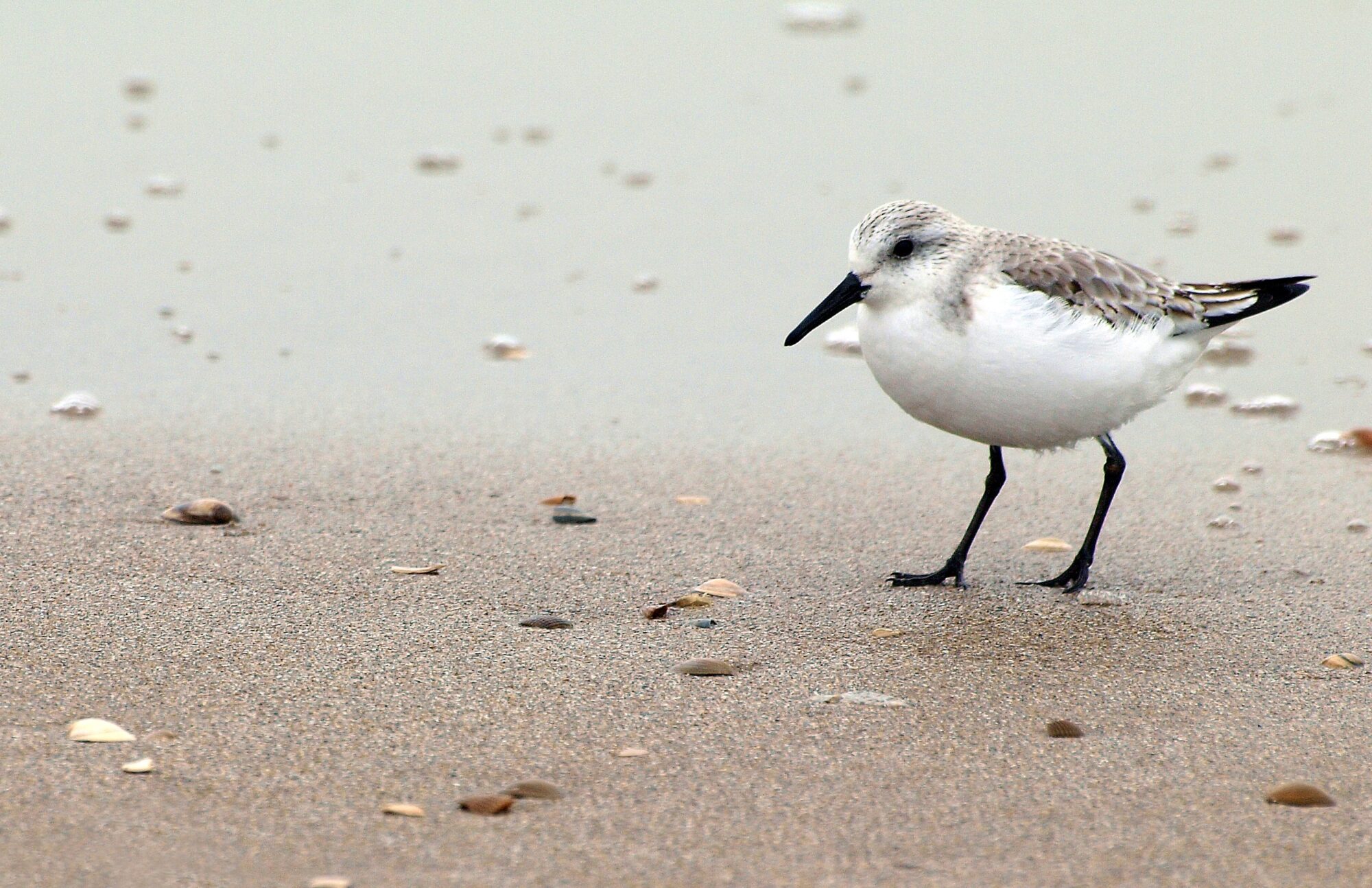When it comes to trashing the planet, there is a lot the world’s leaders can control, and most of them have taken steps of varying degrees to implement strategies to encourage, and sometimes compel, people to do the right thing environmentally; manufacturers, businesses and individuals can all do their bit, and that’s a good thing. No one wants a dirty planet.
But what about the issues that are beyond their control?
Right now there is a tidal wave of protests demanding that World Governments “Do Something!” to stop global warming/climate change etc, and junior climate warriors worldwide have been getting a lot of media attention for wagging school to hold strikes/protests in support of the planet. A couple of them have even managed to pave their way to media darling-hood. Good for them. They have engineered access their fifteen minutes. But while it’s all very well to say “Do Something” and there is a lot that is within government means, there are a number of other factors that have an impact on the Earth’s climate which are, like it or not, beyond human control.
These factors are not being given much coverage though, yet they should be because they are an integral part of what’s going on and they contradict the claims cited in the Intergovernmental Panel for Climate Change (IPCC) that all global warming from 1970 to 2000 is anthropogenically produced (man-made). The claims have been based on an incomplete model that has excluded the natural quasi 20-year and 60-year climate cycle contributions that most definitely do affect our Earth.
One of these factors is sunspot activity. Sunspot solar cycles are approximately 11 years long. Sunspot activity hosts solar flares and the ejection of hot gases from the Sun’s corona and the number of sunspots throughout a cycle reaches a high and then goes on the wane, and the cycle begins again. But in addition to Solar Maximum (high sunspot activity) which affects the Earth’s temperatures by creating colder weather patterns, and Solar Minimum (low to no sunspot activity) which generates higher temperatures on our planet, we experience the impact of solar magnetic fields, ultraviolet radiation and solar flares, all of which impact quite noticeably on the Earth’s climate. Sunspot activity and temperature increases on Earth happen concurrently and studies are showing that sunspot activity overall has doubled in the last 100 years.
Governments have no control over sunspot activity.
Another factor is solar winds. According to NASA’s Marshall Space Flight Centre, solar winds consist of magnetised plasma flares, which emanate from the Sun. These solar wind flares influence the galactic rays which then affect atmospheric phenomena on Earth. Changes in the Sun’s solar output affects our planet both directly, via the changing rate of solar heating and indirectly, by altering the processes that form clouds.
Governments have no control over solar winds either.
Then there’s Total Solar Irradiance (TSI), which is the rate of which the energy from the Sun reaches the top of the Earth’s atmosphere. TSI fluctuates daily and the 11-year cycles in TSI measurements relates to sunspot activity.
Any form of Government control is zilch here too. Sorry.
The Earth’s climate cycles, also know as Climate Oscillation, fluctuate all on their own. Atmospheric temperatures, sea surface temperatures and precipitation are all quasi-periodic and climate changes noted since 1850 have been linked to cyclical, predictive, naturally occurring events in the Earths solar system. The natural quasi 20-year cycle/60-year climate cycle contributions have been clearly detected since that date, in all global surface temperature records in both hemispheres. The 60-year modulation cycle also corresponds with warming and cooling of the ocean’s surface temperature. The records are particularly easy to note in significant surface temperature maxima that occurred in the years 1880 – 1881, 1940 – 1941 and 2000 – 2001. These warmer periods happened to coincide with times when the orbital positions of Jupiter and Saturn were relatively close to the Sun and the Earth.
Fascinating, but again, completely outside of any Government control. The Sun, and the planets, do their own thing.
Now, if the above was made more public there might be a more balanced view on climate issues, and if students spent the day in school instead of trawling the streets, they might even find this information for themselves, plus get a handle on their spelling (jealous, environment and emergency on placards as “jelous”, “enviroment” and “emergancy”) which would serve them better in the future. Or they could just hold their protests during the school hols. Sure, I realise that would mean doing it on their own time, which may not be as attractive, but at least it wouldn’t cost them a learning opportunity.
Thing is, people have been fed a highly edited account of how and why the Earth’s climate changes. Yes, Governments can do much to ensure industries and individuals exercise more practical care when it comes to controlling pollution, but to blame “Government inaction” and previous generations for naturally occurring climactic fluctuations is just feeding that little clique who stand to make a great deal of money from our ignorance.
But more on them later.
